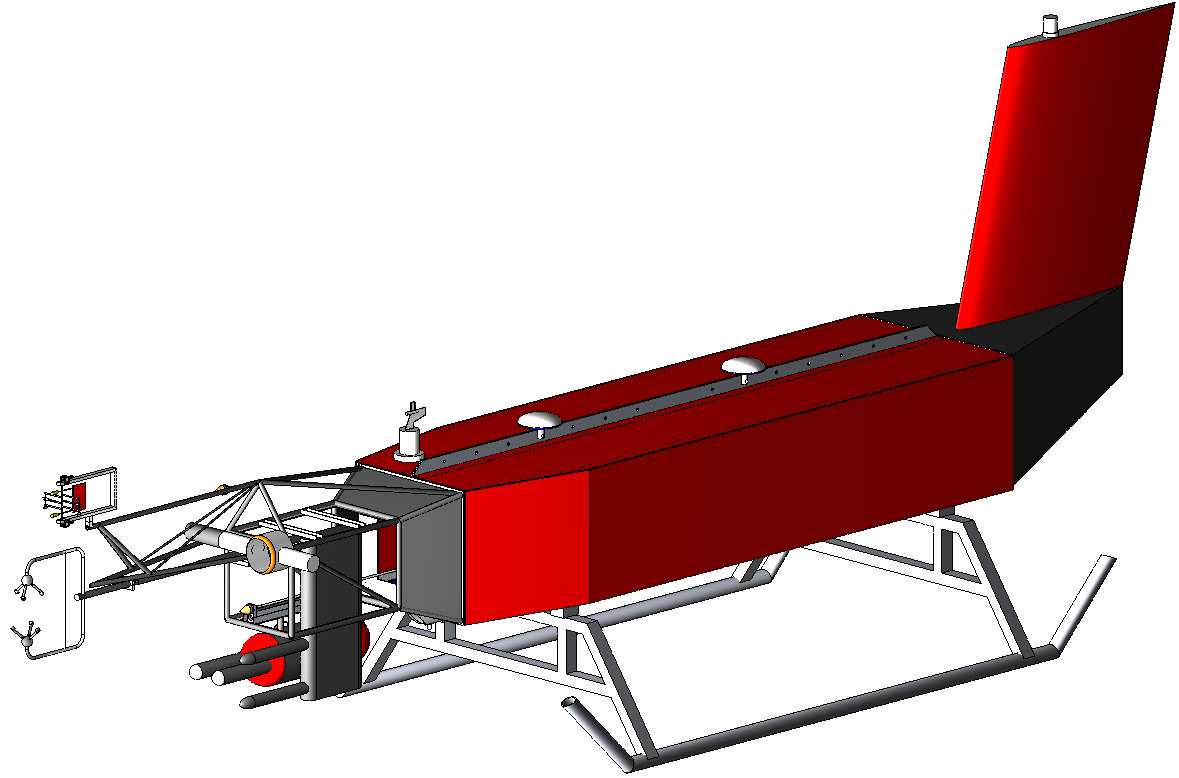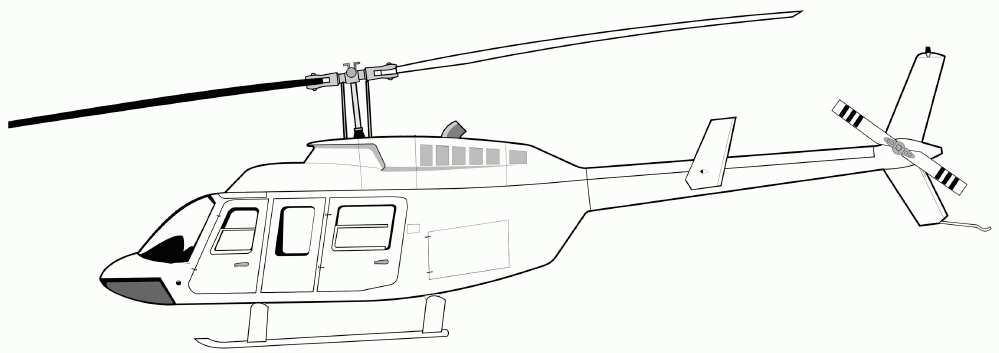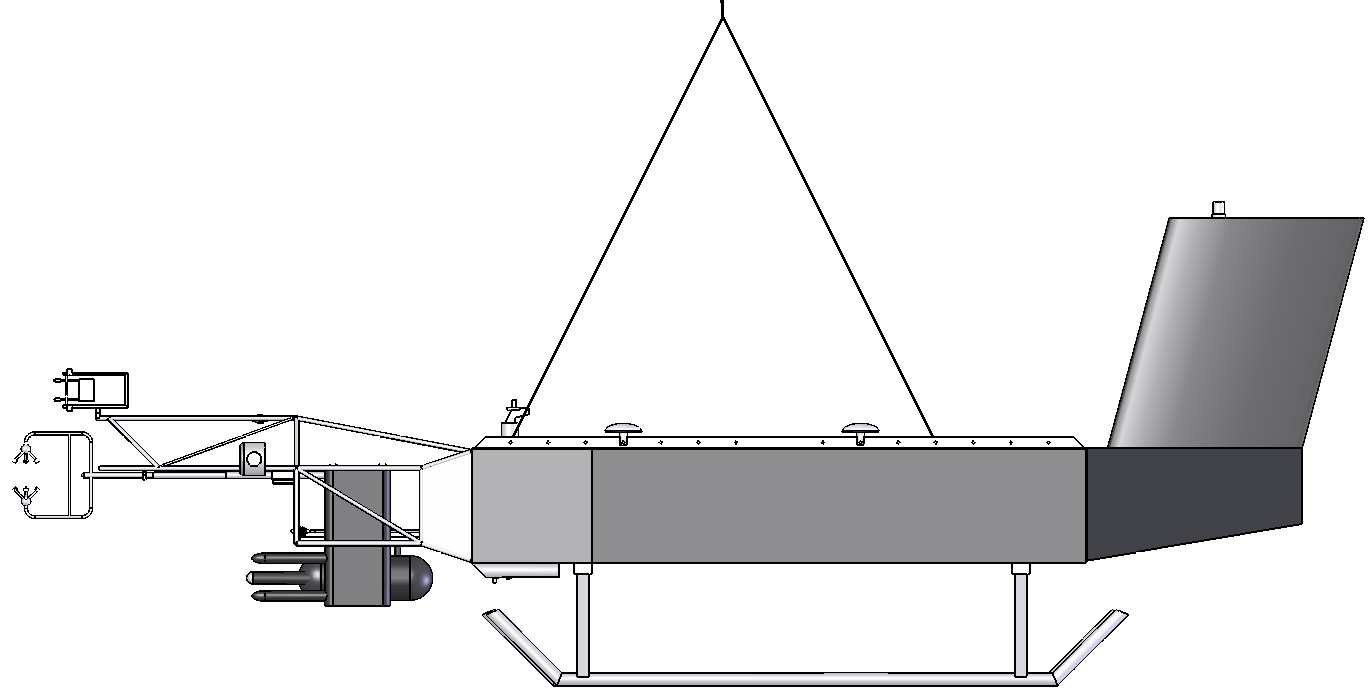Info-verengteatemwege8-201
DIE VERENGTEN ATEMWEGE Dabei steht die Entzündung der Atemwegsschleimhaut im Mittelpunkt, das führt zur Schwel ung und Schleimabsonderung in den Bronchien. Dadurch kann die Luft beim Ein- und Ausatmen nur erschwert und mit deutlich größerer Kraftanstrengung durch die Atemwege strömen. Die äußeren Zeichen einer solchen Verengung der Atemwege (= obstruktive Bronchitis): • Beschleunigung der Atmung



